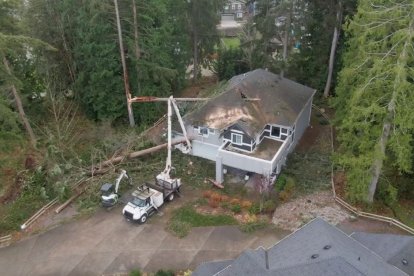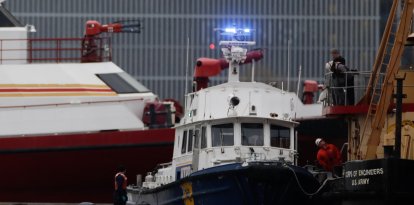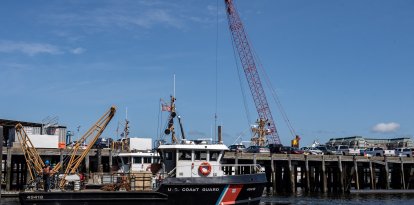At least two dead in Northeast from 'bomb cyclone' that is expected to last throughout the week
High winds, flooding and snowfall have been reported in Washington, Oregon and California in recent hours.

Lake Stevens, Washington State
Two people have died as a winter storm, known as a "bomb cyclone" due to its rapid intensification, swept through Washington, Oregon and California. The storm has produced strong winds, flash flooding and snowfall in the Pacific Northwest, with conditions expected to persist for the next few days.
The deceased, so far, are two women in different Washington cities. One was at home and the other at a homeless encampment. Both were killed by falling trees, as confirmed by firefighters in both locations. The danger of falling blunt objects such as trees led authorities to warn people to avoid driving on the roads (in addition to power losses that left many traffic lights blacked out).
The storm also caused delays and suspensions in Amtrak service. An Amtrak train traveling near Silvana, Washington, was struck by a tree that had fallen onto the tracks. Images of the incident quicly spread on social media:
Massive power outages
More than 330,000 homes remained without power early Thursday morning in Washington state, according to PowerOutage.us. This was an improvement compared to the 650,000 recorded by the same site just a day earlier.
One of the thousands affected by the power loss was Seattle's own National Weather Service (NWS), which impacted some of its services.
Its official account shared an image showing downed trees on roads that, it claimed, blocked technicians from being able to access the area for repairs.
State emergency services acknowledged that "power is out in many areas" and advised those with generators to keep them in "well ventilated areas" to avoid the risk of carbon monoxide poisoning.
California follows Washington with approximately 14,000 customers affected by power outages. Energy companies have announced that they are working to restore service as quickly as possible.
In the coming days
Weather services reported strong winds that, in some areas, exceeded the minimum speed threshold for a Category 1 hurricane. For example, in Sunrise, Pierce County, winds were recorded at 77 miles per hour. A category 1 varies between 74 and 95 miles per hour.
Snowfall was also reported in the Cascade Range and northern parts of California.
The Weather Prediction Center has issued warnings for torrential rainfall, life-threatening flooding and heavy snowfall over the next several hours. There are also warnings for possible tornadoes.
The NWS forecast that the risk of excessive rainfall will continue through Friday in parts of northern California and southwestern Oregon. "The atmospheric river is expected to peak in intensity today, but with moderate bouts of rain lingering through much of Friday and snow levels finally lowering somewhat on Saturday," it explained.
"In the meantime, dangerous flooding, rock slides, and debris flows are likely, which has prompted a High Risk of Excessive Rainfall to be issued across the northern California coastline today. Be sure to check conditions before traveling and never drive across flooded roadways."
What is a 'bomb cyclone'?
It is a "predominantly maritime, cold-season event," according to the American Meteorological Society's glossary. They generally happen between October and March. Although infrequent, they can occur anywhere in the United States and are most common on the East Coast.
RECOMMENDATION




















